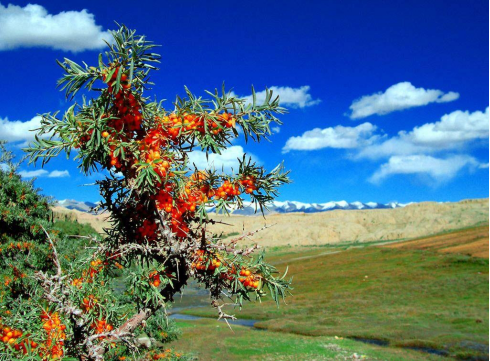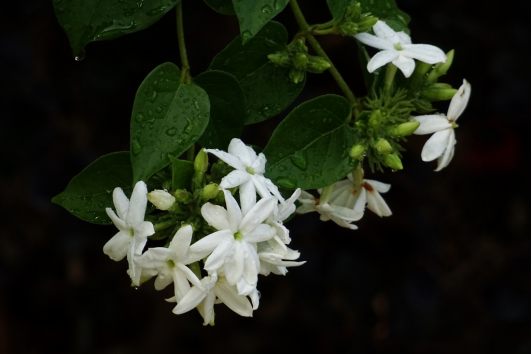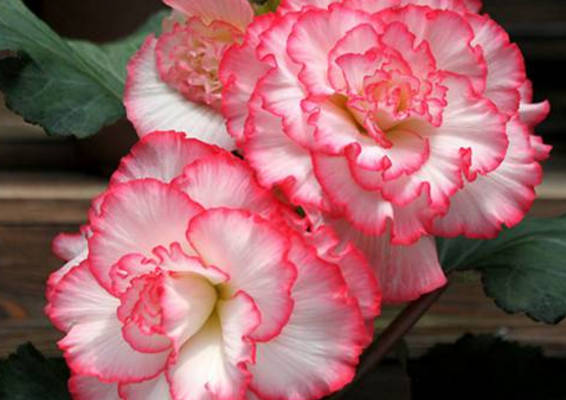Cutting of Hippophae rhamnoides
Cutting is classified. For Hippophae rhamnoides, cutting can be divided into green wood cutting and hardwood cutting, both of which have their own advantages.
The best time for Greenwood cuttings is around June, temperature and humidity are very suitable, Greenwood cuttings are mainly for roots, so the requirements for temperature and humidity are very high. Hardwood cuttings do not require high fixation of time, but it is best to cut in spring.
The cutting of Hippophae rhamnoides requires loose, fertile and breathable soil, so that the soil is not easy to harden. The cuttings are cut from the strongest mother branch. There should be 3-5 buds on each cuttage, and the length of the cuttings should be in 5~8cm. After the cuttage is finished, it must be watered enough for maintenance.

Today's introduction on Hippophae rhamnoides is over, how to solve your problem? Thank you for your reading!
How to cut seabuckthorn
Classification of seabuckthorn cuttings
Everyone may have known about cutting, but there are still categories of cutting, so we may be confused. Yes, for Hippophae rhamnoides, cutting can be divided into two types: green wood cutting and hardwood cutting, both of which have their own advantages.
The best time for seabuckthorn cutting
For green wood cutting, the best cutting time is around June, when the temperature and humidity are more suitable for green wood cutting, this kind of cutting is mainly aimed at rooting, so the requirements for temperature and humidity are very high. Hardwood cuttings do not require much time, but it is best to cut them when the spring is warm.
Preparation of seabuckthorn before cutting
There are three things that need to be prepared before seabuckthorn cutting, one is soil, the second is cuttings, and the third is water.
First of all, let's talk about the soil. Hippophae rhamnoides cutting requires that the soil is loose and fertile, the air permeability is good, and the soil is not easy to harden. if there are conditions, the soil should be disinfected before cutting. on the one hand, the weed seeds contained in the soil can be removed, on the other hand, the insect eggs in the soil can be eliminated, which can greatly reduce the probability of Hippophae rhamnoides infection after growing up.
The second is the choice of cuttings, which are cut from the sturdy mother branches of Hippophae rhamnoides. Generally, a cuttings should contain three to five young buds and ensure that each cuttings are between five and eight centimeters long.
The last is the water, needless to say, after the cuttage is completed, it should be watered enough for maintenance.
Specific Operation of Hippophae rhamnoides cutting
Insert the selected cuttings into the prepared soil, let the soil cover about one-third of the cuttings, gently pat the basin soil with your hands, and then pour enough water for careful maintenance. Under normal circumstances, it can take root in a week.
Main producing areas of Hippophae rhamnoides
Hippophae rhamnoides is mainly concentrated in the Qinghai-Tibet Plateau and Inner Mongolia Plateau in China. Seabuckthorn is mainly distributed in 11 provinces and regions in China, such as North China, Northwest and Southwest.
There are four species of Hippophae rhamnoides, all of which grow in China. For places like the Loess Plateau, Hippophae rhamnoides is a good precious plant for treating soil erosion, where seabuckthorn is generally planted by cuttings.
The seed planting method of Hippophae rhamnoides is very simple, as long as it meets its growth conditions, it can grow seabuckthorn. If you own a piece of land, you can plant some seabuckthorn. Seabuckthorn is very nutritious and can be eaten in many ways. It is a great fruit plant.
- Prev

Propagation methods of hairy jasmine
Propagation is mainly cuttage, but also can be striped. The cuttings were cut from June to July, 3 branches of one-year-old branches were selected, 2 leaves were retained, and the cuttings were placed in the sand, shaded and moisturized, and rooting for about 30 days. Striping is also easy to take root and survive, the method is the same as the general crimping. However, it is worth noting that the fragrance of Mao jasmine is very strong.
- Next

Culture method of Begonia bulbosa
Light and temperature temperature and light bulb crabapple likes warmth, relatively humid growth environment, does not like the heat of summer, can not stand the severe cold of winter, semi-overcast is the best. The most suitable temperature for the growth of Begonia bulb is 16 ℃ ~ 21 ℃, if the temperature is above 30 ℃.
Related
- Fuxing push coffee new agricultural production and marketing class: lack of small-scale processing plants
- Jujube rice field leisure farm deep ploughing Yilan for five years to create a space for organic food and play
- Nongyu Farm-A trial of organic papaya for brave women with advanced technology
- Four points for attention in the prevention and control of diseases and insect pests of edible fungi
- How to add nutrient solution to Edible Fungi
- Is there any good way to control edible fungus mites?
- Open Inoculation Technology of Edible Fungi
- Is there any clever way to use fertilizer for edible fungus in winter?
- What agents are used to kill the pathogens of edible fungi in the mushroom shed?
- Rapid drying of Edible Fungi

